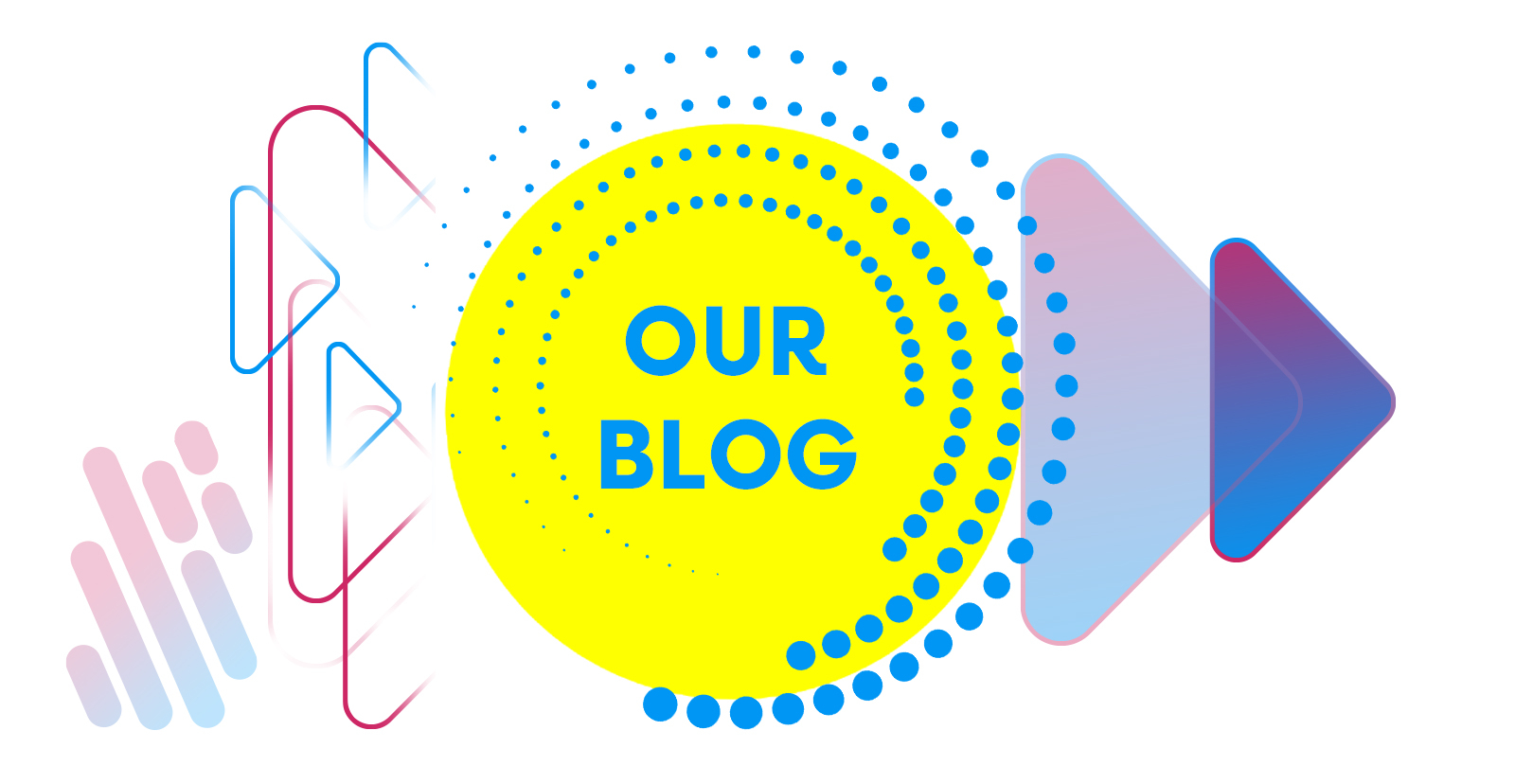Mobile apps allow consumers to do a multitude of activities from tracking their shipments to counting steps to banking. With the abundance of information accessible in real-time, patients are becoming frustrated with the lack of digital communications in healthcare. If there was an industry where information is vital, it’s healthcare.
Unfortunately, the transition to digital communications in healthcare has been slow compared to other industries. As a result, patients expectations about communications while at medical facilities are not being met.
The healthcare industry is in the midst of a digital revolution, as patients demand technologically-current options. It’s time to step up and transform into a more digitally-enabled domain.
Real-Time Information Enhances Patient Satisfaction
Instant gratification links directly to satisfaction. Individuals can access data about the current temperature or their bank account balance with just a few taps. Meanwhile, when it comes to information like wait times, or test results, the health care industry is archaic in response.
Digital communications systems that indicate wait time or patient portals are being implemented in some medical facilities, but aren’t widely adopted currently. These types of basic changes not only improve patient experience and satisfaction they have an impact on the overall efficiency of the healthcare operation. They enable employees to move their focus from relaying information to more value add services.
Integrated Digital Communications Streamlines Processes
In other industries, accessible data transforms instant gratification into streamlining. For example, phone apps allow consumers to speak the name of a restaurant and receive instant information about location, hours, and reviews. For consumers, this streamlines the process of getting their lunch or dinner.
The healthcare industry can leverage smartphones and wearable devices for consumers’ well-being. Integrating data from wearable devices into medical records could allow doctors to monitor and personalize patients’ activities related to health and fitness, for instance. With data that’s integrated and even monitored from afar, medicine could grow in efficiency and effectiveness.
Leveraging Digital Communication Makes Healthcare More Convenient
Telemedicine is another exciting avenue in the digitization of communications. It was a top priority by two-thirds of healthcare professionals in a 2016 Reach Health study. Cisco, in a report on The Digitization of the Healthcare Industry, explains that telemedicine improves patient experience through convenience and accessibility while enhancing provider experience by reducing demands on time, data entry, and more.
Digital communications are disrupting the healthcare industry as patients expectations continue to increase and evolve. Hospitals need to continually be evaluating and integrating new technologies in order to meet the evolving expectations of patients and employees. Digital communications provide an excellent way to improve the overall experience for patients and providers.
